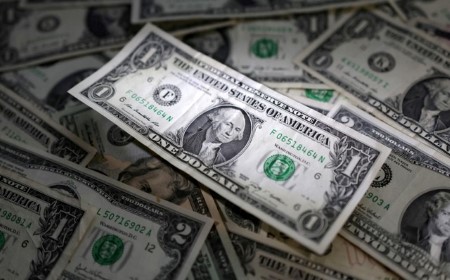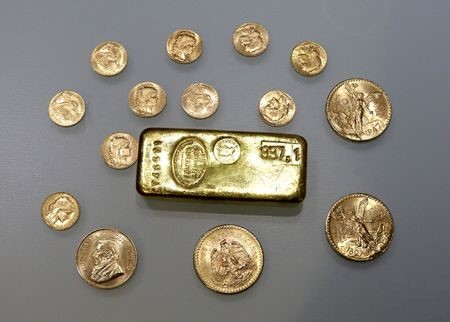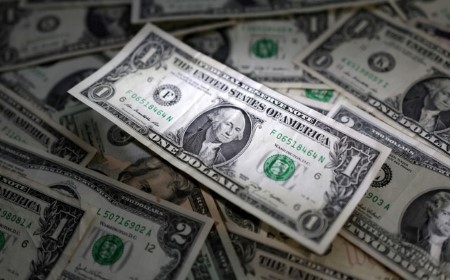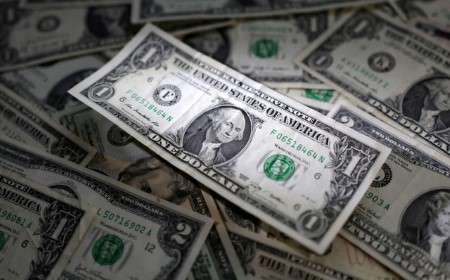NEW YORK – The dollar climbed on Friday and was set to snap a two-week streak of declines as a worldwide cyber outage that affected banks, airlines, and broadcasters unnerved investors, although volatility in the currency markets was largely contained.
A software update by global cybersecurity firm CrowdStrike crippled industries from travel to finance before services started coming back online after hours of disruption, highlighting the risks of a global shift towards digital, interconnected technologies.
The dollar index was on track for its second straight daily advance, its first in two weeks, to put the greenback on pace for its first weekly gain in three, bouncing back on recent US economic data and concerns about the technology outage.
“It’s perhaps a result of the selling pressure earlier in the week, and at the tail end of last week, seeming rather over-done, particularly when one considers that US economic growth remains firm, and that while the Fed is set to cut in September, easing will still be relatively synchronized across G10 central banks,” said Michael Brown, market analyst at Pepperstone in London.
“Of course, the earlier tech issues may have sparked a bit of a flight to safety too, causing some knee-jerk dollar buying earlier in the day, with that strength then continuing into the afternoon session.”
The dollar index, which measures the greenback against a basket of currencies, gained 0.24% at 104.39 and was up 0.3% on the week.
The Federal Reserve is scheduled for its next policy announcement at the end of July. Markets expect only a slight chance for a cut of at least 25 basis points (bps), while almost completely pricing in a cut at its September meeting, according to CME’s FedWatch Tool.
The yen, however, was up for the week against the greenback after suspected official buying last week from Japanese authorities, and another suspected intervention from the Bank of Japan (BOJ) earlier this week.
Against the yen, the dollar strengthened 0.07% at 157.48 on the session, oscillating between gains and losses on the session after data showed inflation in Japan picked up for a second month. The greenback was off 0.24% on the week against the Japanese currency.
The yen has fallen more than 10% against the dollar this year, largely due to the wide difference in interest rates between the US and Japan, and hit 38-year lows at the beginning of the month, spurring action from Tokyo.
The euro was down 0.16% at USD 1.0878 and set to snap a two-week win streak, a day after the European Central Bank kept rates steady, as was widely expected, and gave no insight into its next move.
Sterling weakened 0.25% at USD 1.2909, retreating further from a one-year high hit earlier this week, after data showed UK retail sales fell more than expected in June, as cooler weather deterred shoppers. For the week, the pound is off 0.6% and set to snap a three-week streak of gains.
In cryptocurrencies, bitcoin gained 4.86% at USD 66,924.00. Ethereum rose 2.79% to USD 3,508.90.
(Reporting by Chuck Mikolajczak, additional reporting by Saqib Iqbal Ahmed; editing by David Evans and Marguerita Choy)







 DOWNLOAD
DOWNLOAD













